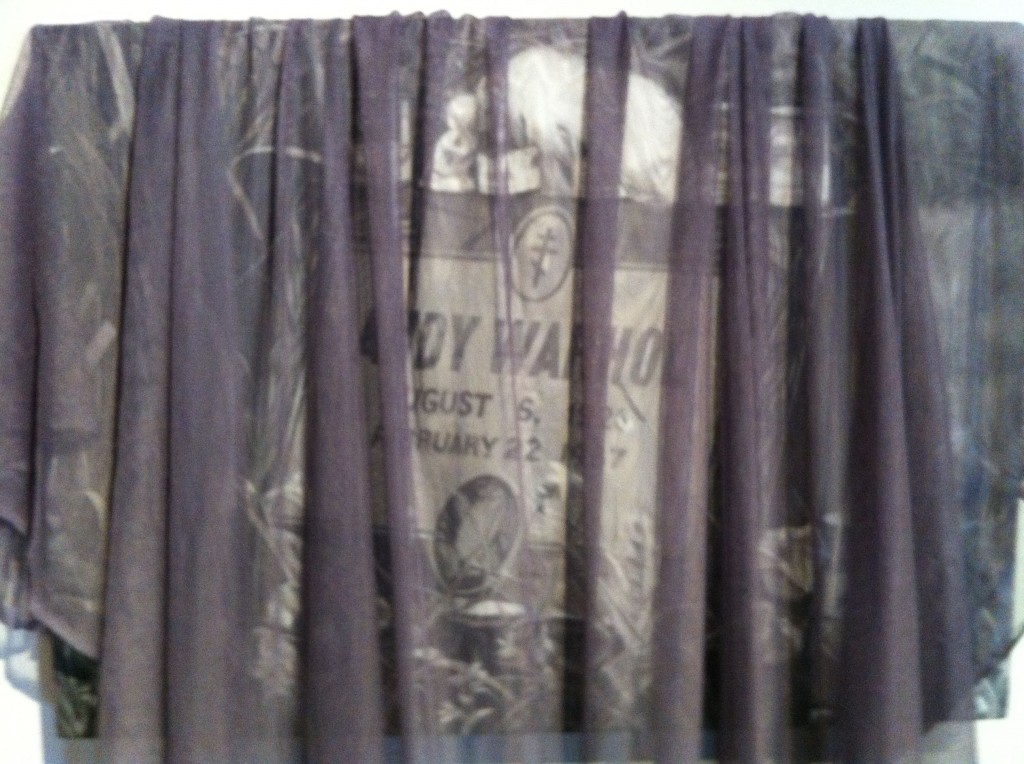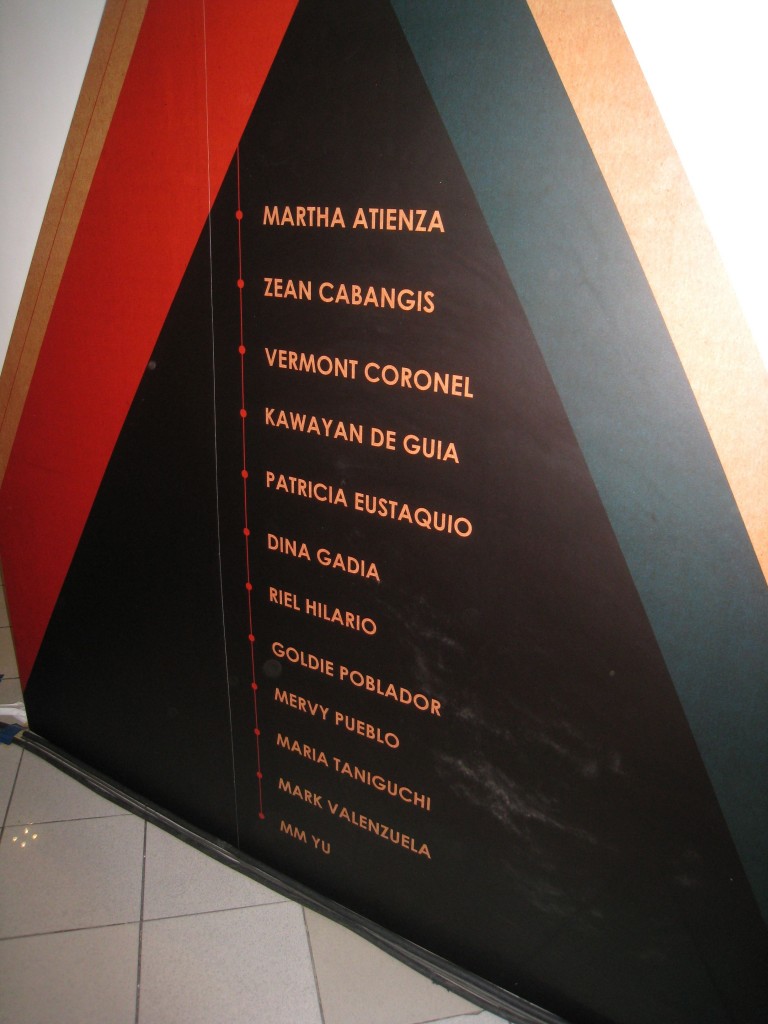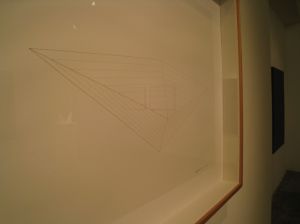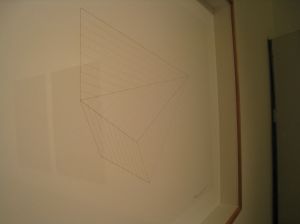Apologies for the sparse postings, but somehow, a project we undertook a few months ago has morphed into Art Fair Philippines 2013, and now it seems that every free minute of the day has been devoted to that beast! For more information—yes, shameless plug!—please do check out www.artfairphilippines.com or https://www.facebook.com/artfairph Continue reading
Tag Archives: maria taniguchi
Sneak Peek at Ateneo Art Awards 2012
A three-channel video installation documenting seafarers from a small Visayan island, two multi-piece sculptural installations, and a video celebrating the quirkiness of the jeepney: this year’s Ateneo Art Awards went to works firmly rooted on local sensibilities, translated by three talented artists with global perspectives. Continue reading
Here and There: Pow Martinez, Maria Taniguchi, Alice and Lucinda, Catalina Africa, Maria Jeona Zoleta, and Melted City

At Blanc Compound's Melted City: Hazel Lee Santino, "Lemert Park", oil on tracing paper on oil on watercolor paper
The past two weeks saw a flurry of shows opening in Manila, and I’ve spent the last few days catching up: Continue reading
Ateneo Art Awards 2011: Anatomy of Autonomy
I look forward to the Ateneo Art Awards every year. I believe that it does a credible job of recognizing the best works by young visual artists. I do not always agree with their
selections, and I do have an issue with the awards’ age limit. But overall, I still find it relevant and prestigious, a worthy acknowledgement of efforts undertaken in the past twelve months. All the chatter that rolls in along with the announcement of winners just adds to the fun! Yes we get names that appear every year— but doesn’t that just prove that those who always make it to the shortlist consistently do great work? A key component to the judging process requires artists to recreate an exhibit for the benefit of the panel of jurors. Yes, this imposes an onerous burden on the artists, one that the galleries must pitch in for. Having exhibits properly documented certainly helps. But it does prove difficult to capture an exhibit’s original flavor, despite the galleries’— and the artists’—best efforts. Perhaps, this should be addressed.
Maria Taniguchi’s Echo Studies
Patrick Flores uses the word contemplation to describe Maria Taniguchi’s process of completing her drawings. She has mounted three of them on wooden plinths to stand at the main floor area of UP’s Jorge B. Vargas
Museum. The graphite drawings of negative shapes set against panels of wood have been completed with the use of a brush. Just as Patrick did, one marvels at how she has achieved the varied tones demanded in simulating wooden grains. “I asked her if she speaks to her brush”, Patrick remarked, perhaps only half-joking. In these drawings, the grains resemble more than just patterns on wood. Maria has made them fluid, almost like seascapes. To use her words, “ The grain has moved out of its shell, out of its material dimension, it’s moved on to being a more abstract encounter.” Continue reading
Bea Camacho and Maria Taniguchi, Material/Parallel
Now here’s a show that makes others out there look pretty superfluous. You don’t expect fluff and excess at an exhibit headlined by Bea Camacho and Maria Taniguchi. You get work that’s been stripped of layers, reduced to their basic essences. The challenge for the viewer lies in working back, reconstructing what has been peeled off, to fully appreciate their pieces.
Majority of Bea’s works hang in the first of Galleria Duemila’s two rooms. Framed simply in black and printed on archival paper, Bea has shown fifteen laser etchings of interconnected triangular patterns.
These depict the manifold combinations that Bea has come up with in her attempts to render two structures into abstract forms. A small-scale sculpture that resembles two conjoined pyramids has been fabricated similar to an architectural maquette. Displayed on a stand, this marks Bea’s starting point, the base from which she has transformed the 3D into a series of two-dimensional pieces.
I don’t see myself bringing home art as devoid of ornamentation as Bea creates. However, I do enjoy sifting through her processes. Her concepts are never complicated, and her pieces come out as logical conclusions to valid premises.
Maria presents five paintings in black, marked contrasts to Bea’s white works. Maria has covered
the entirety of her canvases in a brick-like pattern–a labor-intensive, fastidious employment of her painting skills. She calls these pieces Untitled Mirrors. Each of them differs from the other through the varied rectangular patterns that seem to have been superimposed in an opposite direction atop the underlying field of “bricks”. To quote Maria, “I’ve worked with (this pattern) for a couple of years now. I stick to it because it’s efficient and really effective in creating a kind of dimensionality and thingness to the painting.”
I don’t pretend to fully understand Maria’s basis for reducing her work to these forms. But I do admit a fascination to what she has created, not least of all because of the obvious amount of work she has put into her acrylic paintings. The repetitiveness of those bricks mesmerize; one could lose oneself enjoying their depths.
Material/Parallel runs from 5 December 2010 to 30 January 2011 at Galleria Duemila, 210 Loring St., Pasay City. Phone (632)831-9990 or visit http://www.galleriaduemila.com













